
Natural Color Guide - Natural Dyeing Resource
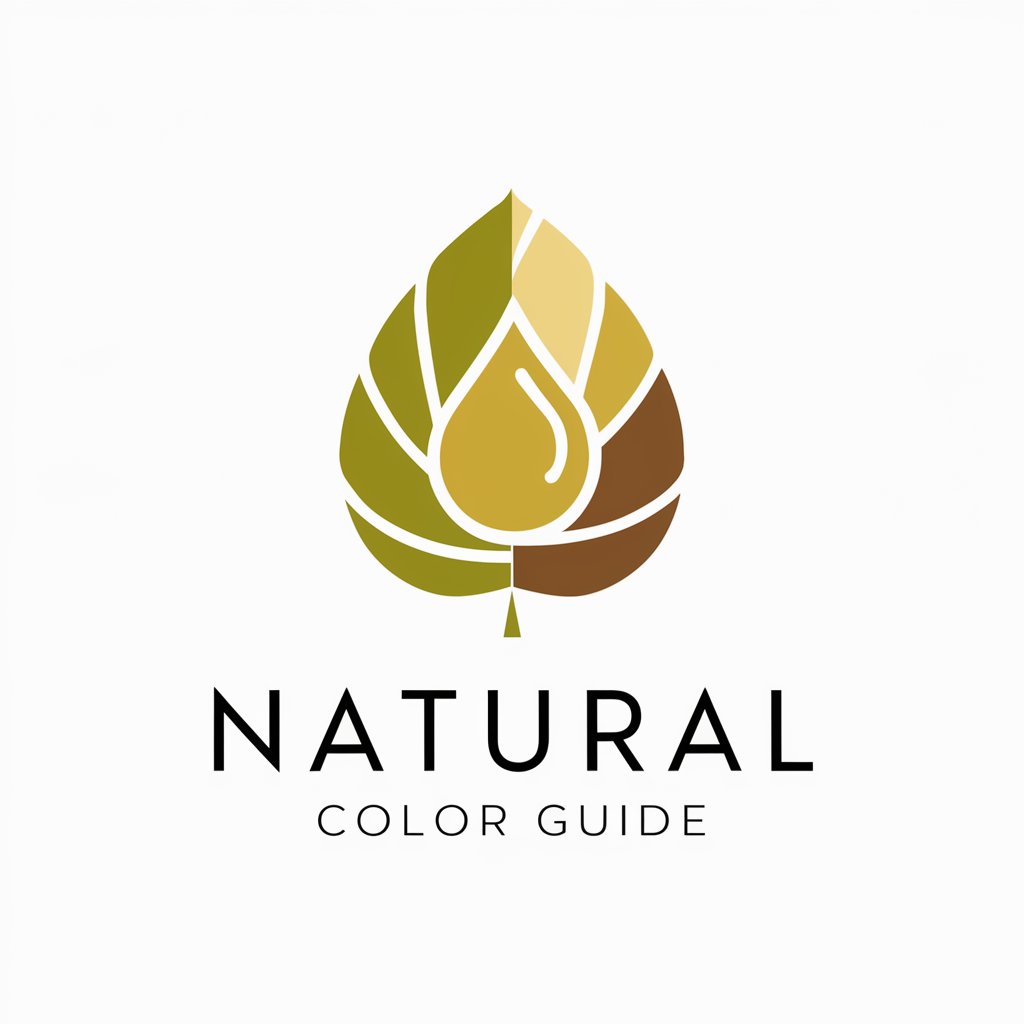
Hello! Ready to explore the world of natural dyes and paints?
Empowering sustainable color creation with AI
How can I create a natural dye using onion skins?
What are the best plants to use for eco-friendly fabric dyeing?
Can you suggest a natural method for achieving a deep blue dye?
What sustainable materials can I use for natural paint projects?
Get Embed Code
Introduction to Natural Color Guide
Natural Color Guide is designed as an expert system focused on the art and science of using natural materials to create dyes and paints. It emphasizes eco-friendly and sustainable practices, steering clear of synthetic chemicals and harmful processes. By leveraging traditional techniques and modern sustainable practices, it aims to provide detailed, practical knowledge on how to extract colors from various natural sources like plants, minerals, and insects. For example, it can guide users through the process of making a vibrant indigo dye from the Indigofera plant, detailing the steps from plant harvesting to dye extraction and fabric dyeing, while highlighting best practices to ensure environmental sustainability. Powered by ChatGPT-4o。

Main Functions of Natural Color Guide
Dyeing Process Tutorials
Example
Step-by-step guide on creating madder root dye for textile coloring
Scenario
An artist wishes to dye cotton fabric with a natural red hue. The guide provides a detailed tutorial on madder root extraction, preparation of the dye bath, and the dyeing process, including mordanting and aftercare to achieve and set the vibrant red color.
Sustainable Practice Recommendations
Example
Advice on using local flora for dyes to reduce carbon footprint
Scenario
A small-scale clothing designer looks to implement more sustainable practices. The guide suggests identifying and utilizing local plant species that can yield dyes, thus lowering transportation emissions and supporting local biodiversity.
Material Compatibility Insights
Example
Guidance on the best fibers for specific natural dyes
Scenario
A hobbyist wants to dye silk scarves using avocado pits. The guide explains which mordants and dyeing techniques are best suited for silk to ensure the dye adheres well and the fabric's integrity is maintained.
Creative Project Ideas
Example
Eco-printing techniques using leaves and flowers
Scenario
An art teacher seeks innovative project ideas for a class on sustainable art. The guide provides instructions on eco-printing, where students can transfer pigments from leaves and flowers directly onto paper or fabric, creating unique, botanical prints.
Ideal Users of Natural Color Guide
Artists and Designers
Creatives seeking to incorporate natural and sustainable elements into their work would find the guide invaluable. It offers them a way to explore and experiment with colors derived from nature, adding a unique dimension to their art or designs.
Eco-Conscious Hobbyists
Individuals interested in DIY projects, crafting, and sustainable living practices would benefit from the guide's emphasis on eco-friendly dyeing methods. It provides them with the knowledge to create personal or home decor items that are both beautiful and environmentally responsible.
Educators in Sustainability and Art
Teachers and workshop leaders looking to incorporate lessons on sustainability and natural crafts into their curriculum would find a wealth of resources and project ideas in the guide, helping to instill values of environmental stewardship in their students.
Textile Industry Professionals
Fashion designers, textile manufacturers, and small clothing brand owners interested in sustainable fashion would use the guide to explore natural dyeing techniques, aiming to reduce the environmental impact of their products.

How to Use Natural Color Guide
Start with a Free Trial
Begin by visiting a platform offering a free trial without the need for login or a subscription to premium services.
Identify Your Needs
Determine the specific color or dyeing technique you're interested in exploring to ensure targeted assistance.
Explore Materials and Methods
Utilize the guide to learn about various natural materials and eco-friendly methods for achieving desired colors.
Experiment and Document
Apply the techniques learned to your projects, keeping notes on procedures and outcomes for future reference.
Engage with the Community
Join forums or groups within the platform to share experiences, tips, and seek advice from fellow natural dye enthusiasts.
Try other advanced and practical GPTs
Creatore Automatico di GPT
Crafting AI Conversations, Personalized and Powerful
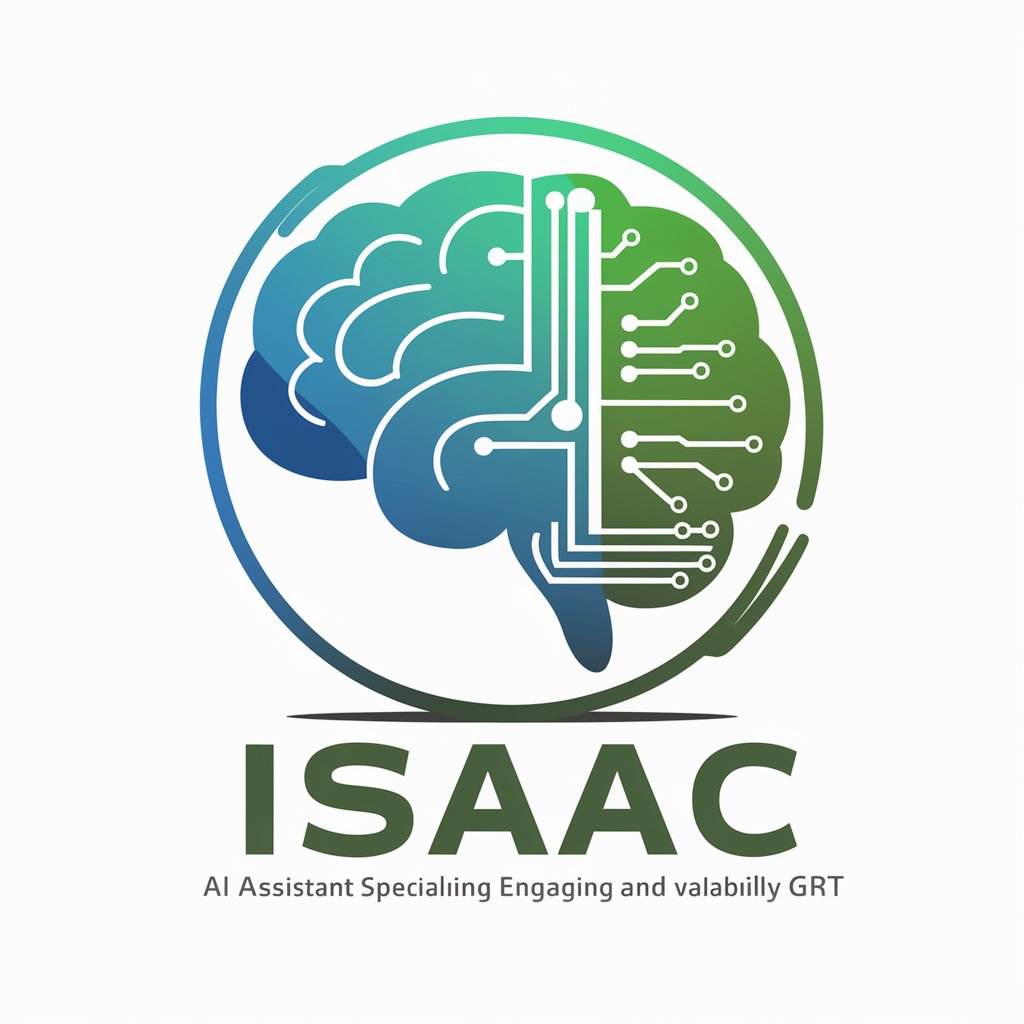
TV Binge Guide
Discover Your Next Binge, Powered by AI

Get It Together Guru
AI-powered no-nonsense guidance

Simple Healthy Plate
Nutrition meets innovation in every plate.
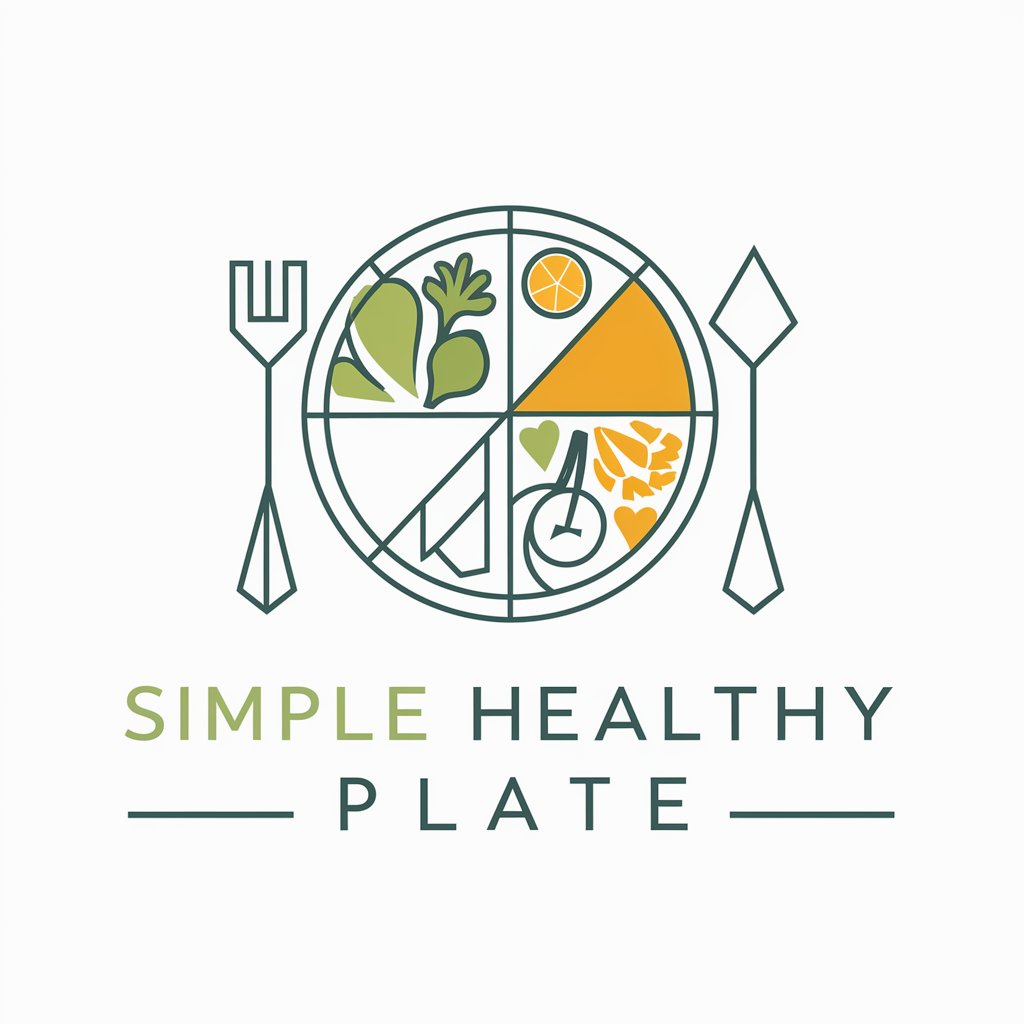
Agile Scribe: Meeting notes, tasks, user stories
Streamlining Meetings with AI Precision

Pathfinder
Your AI Companion for Spiritual Insight
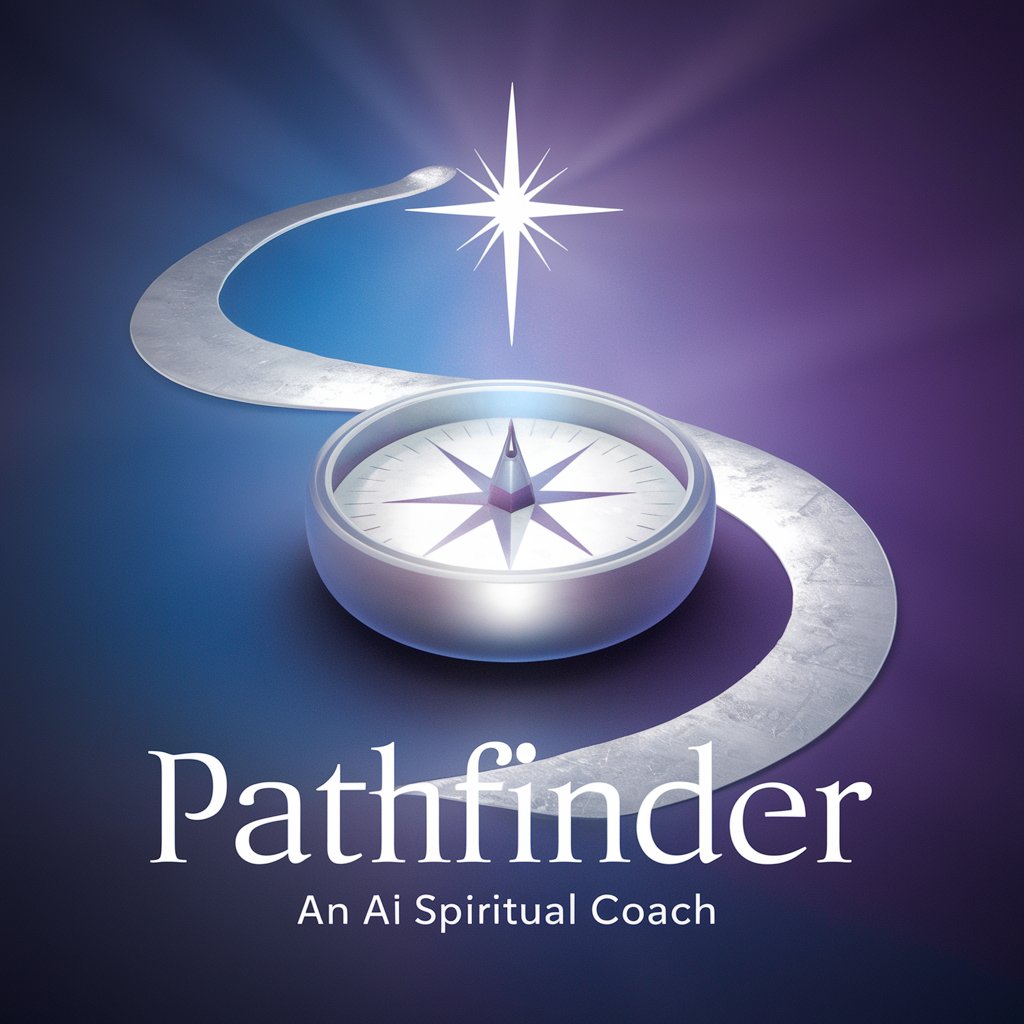
Mr. Toothache - A Dental Patient Simulator
Training future dentists with AI-powered realism

AS Seasonal Adjustment GPT v. 1.1
Refine time series data with AI-driven adjustments

GPTHunt - #1 GPT Finder
Finding Your Perfect GPT Made Easy

Current State User Journey Creator GPT
AI-powered journey mapping made easy

Eve: Suburb Scout GPT
Empowering Property Decisions with AI

Baldur's Sage AI
Elevate Your Game with AI Wisdom
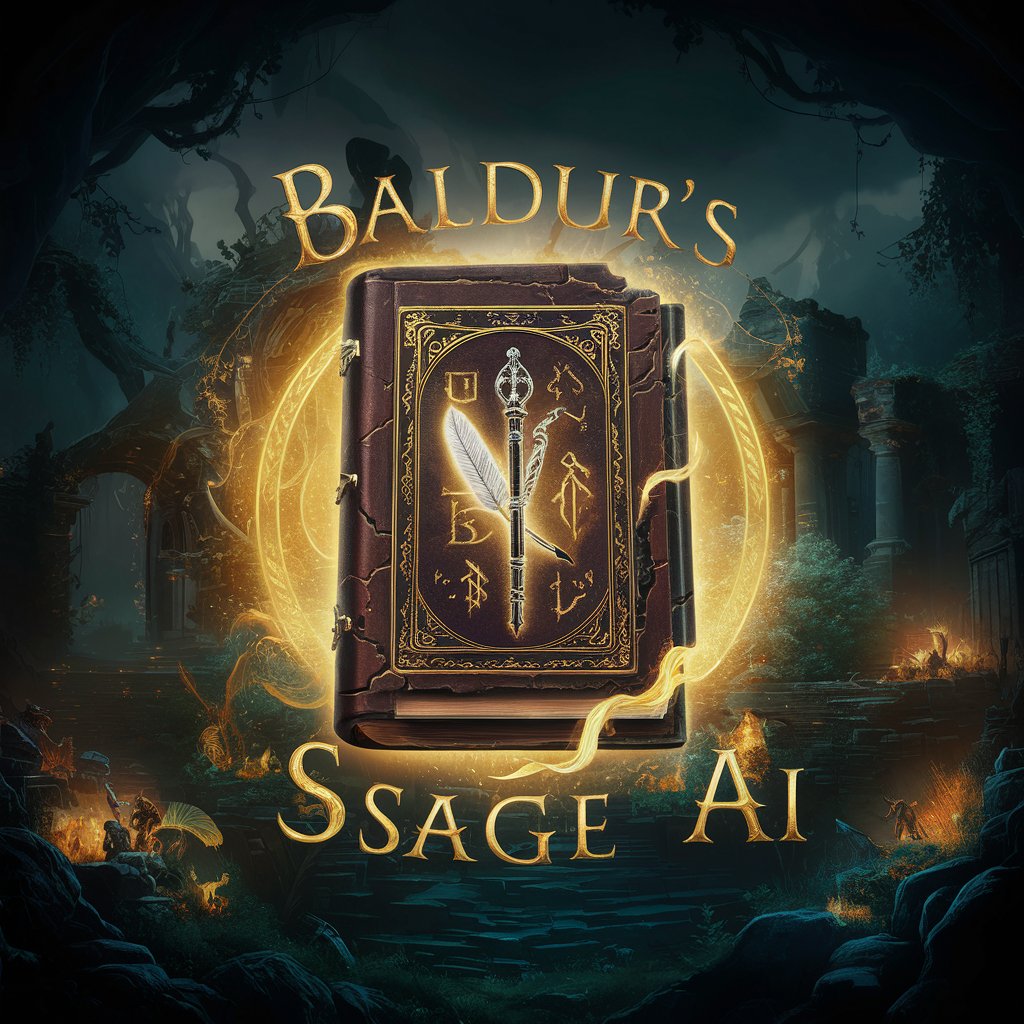
Frequently Asked Questions About Natural Color Guide
What is Natural Color Guide?
It's a specialized tool designed to assist with the use of natural dyes and paints, focusing on sustainable, eco-friendly practices for creating a wide range of colors.
Can I find recipes for specific colors?
Yes, the guide provides detailed recipes and methods for creating specific colors using natural materials, including plants, minerals, and other organic sources.
Is Natural Color Guide suitable for beginners?
Absolutely, it offers step-by-step guidance for newcomers, as well as advanced techniques for experienced dyers, making it accessible to all skill levels.
How does Natural Color Guide promote sustainability?
It emphasizes the use of environmentally friendly materials and processes, avoiding rare or endangered plant sources, and encourages the recycling and repurposing of dye materials.
Can I contribute to or update the guide?
Many platforms allow for community contributions. Users can share their own discoveries, techniques, and improvements, fostering a collaborative and evolving resource.